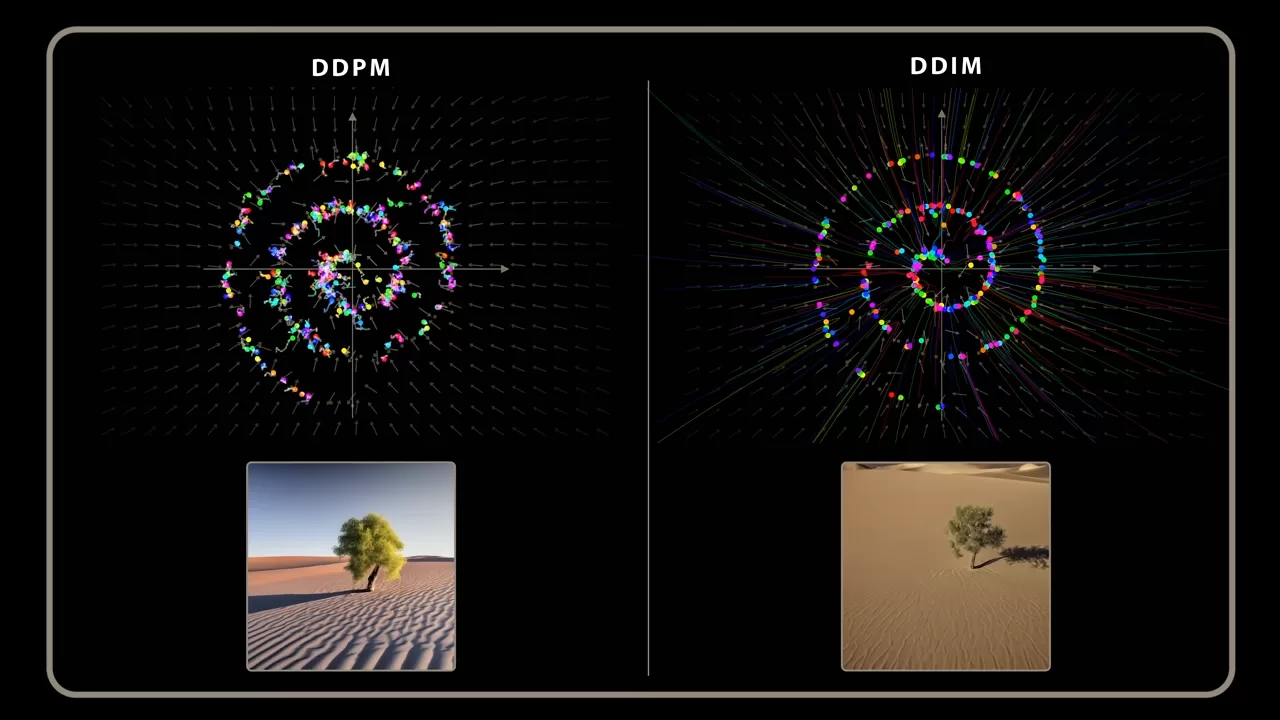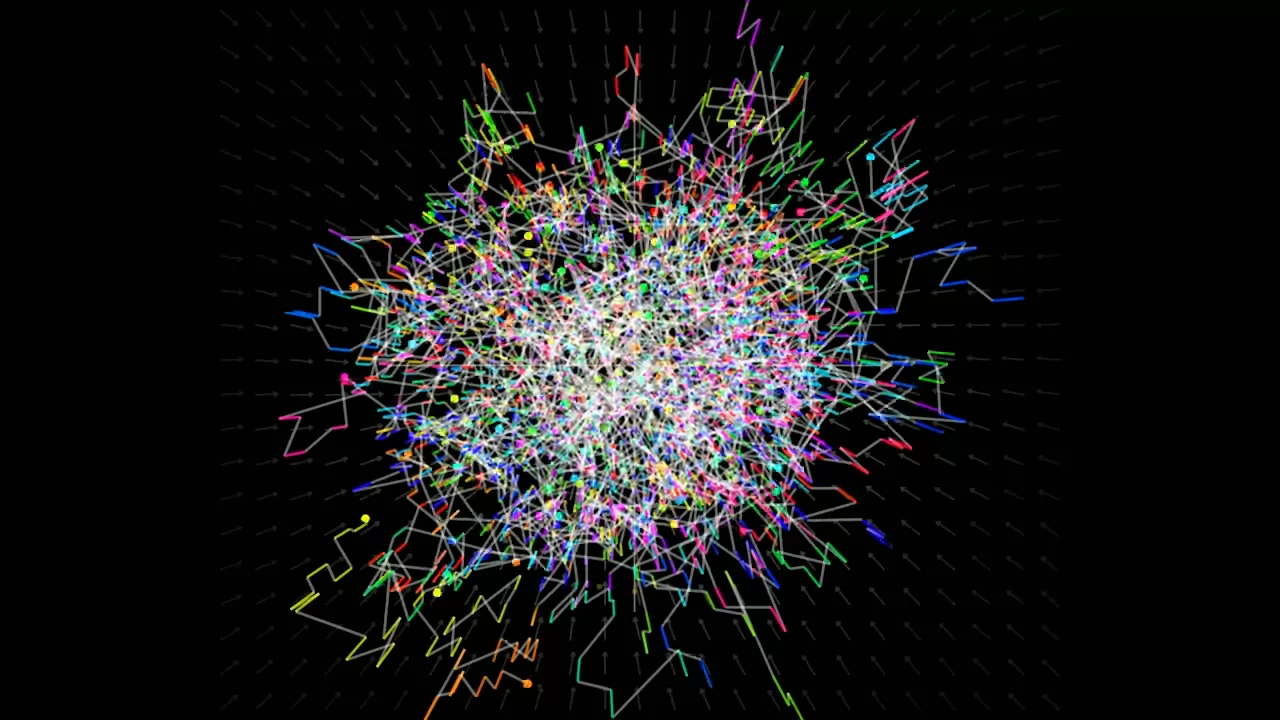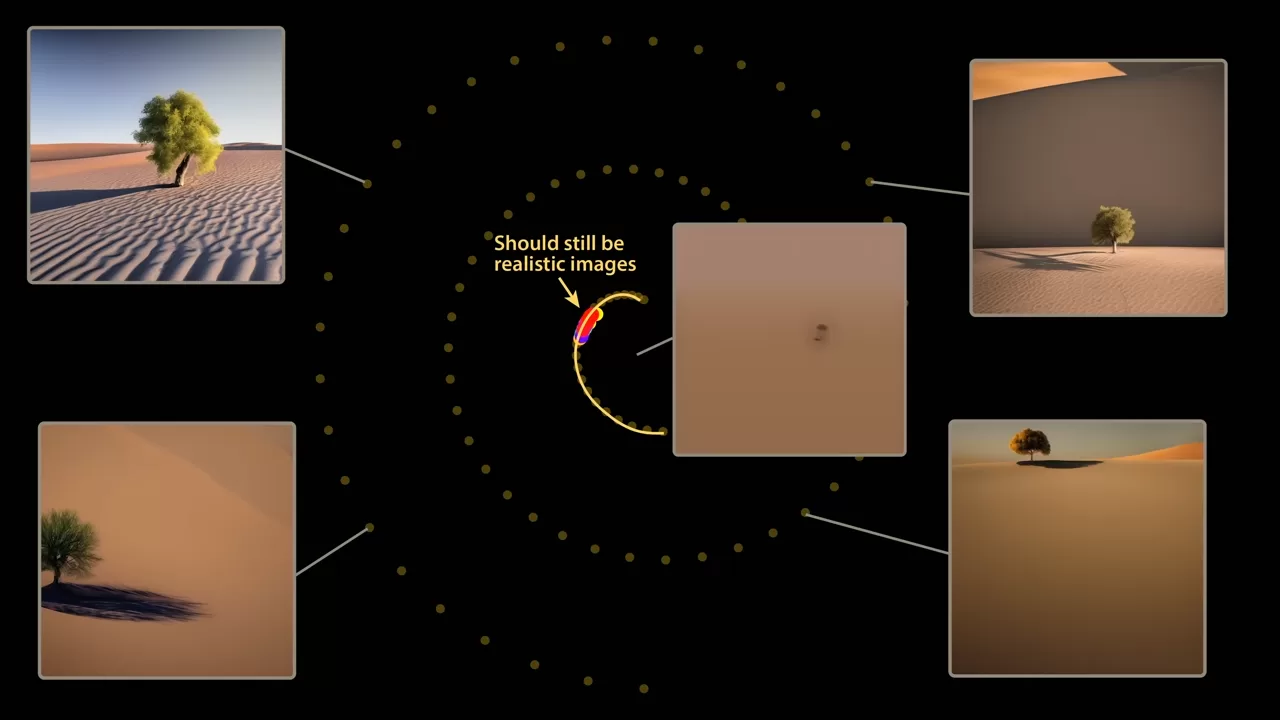The internet becomes more visual every year, and this is easy to notice even without any special research. When you open a website or scroll through social media, you rarely start by reading the text. Instead, your eyes immediately go to the images. They shape the tone of a page, help explain ideas, and sometimes do the job of several paragraphs at once. Because of this, even people who are not involved in design still end up having to work with images from time to time. It might be for a university assignment, a class presentation, a small creative project, or simply a personal task. And although such tasks are usually simple, they often require tools that seem unnecessarily complicated or expensive.

This is why online platforms that offer small, practical image tools have become so useful. They are easy to access, and they work without installation or registration. When you open a page with something like Image Tools, you immediately get a sense of simplicity. There is no pressure to learn a complicated program, no need to understand professional editing concepts, and no fear of breaking something. You just upload an image and use the options that appear. It feels intuitive, almost like using a set of everyday objects that anyone can handle without instruction.

One of the most common situations where these tools help is when images need to be adjusted for size or weight. For example, when students prepare presentations, they often find that large, heavy photos make slides load slowly or look inconsistent. With a simple compression or resizing feature, the problem disappears in seconds. You upload a picture, wait briefly, and get a smaller version that still looks good. It is not a groundbreaking process, but it saves time and reduces frustration, especially when deadlines are close.

Another modern feature that has become surprisingly accessible is AI-based image generation. Only a short time ago, the idea of creating a completely new image from a written description felt like science fiction. Now it is available to anyone who can type a sentence. Tools such as an AI Image Generator allow you to describe an idea — for example, a peaceful autumn park or an imaginary creature — and receive a unique illustration almost instantly. Even when you understand that this is the result of algorithms, there is still a small sense of wonder in seeing your words transformed into something visual. For students, this can be especially helpful when preparing creative assignments, posters, or concept examples that do not exist in stock libraries.

What makes these tools particularly appealing is the feeling that they are designed with ordinary users in mind. They do not demand advanced skills or professional-level knowledge. Instead, they provide clear, minimalistic controls that make the editing process feel natural. Anyone, even without prior experience, can quickly crop a photo, adjust brightness, or generate an image based on a simple idea. Because everything happens in the browser, there is no need to clutter a computer with heavy programs. The entire experience feels light and approachable.

Over time, it becomes clear that convenience is the real strength of such platforms. They work well for different people — students, teachers, freelancers, or anyone who occasionally needs to edit or create images. For everyday tasks, what matters most is not having hundreds of advanced functions, but the ability to get a result quickly and without unnecessary difficulty. This makes small online tools feel almost like a part of modern digital culture: a quiet and efficient space where things get done without stress.



